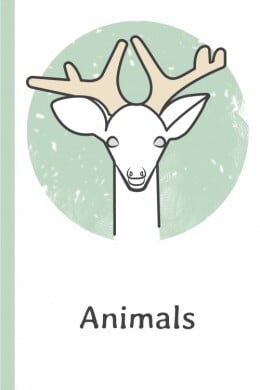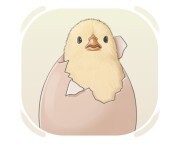the ability of a living organism to produce a large number of offspring or viable eggs or seeds

多産性, 繁殖力
a sexual orientation characterized by a lack of sexual attraction or desire for sexual activity

無性愛, 無性主義
a type of reproduction where a single organism can produce offspring without the involvement of another organism

無性生殖
(of birds, fish, etc.) to come out of an egg

孵化する
the process of mating animals, plants, or microorganisms with desirable characteristics to produce offspring with those same traits

繁殖, 育種
the eggs that an aquatic animal or an amphibian lays and are covered with a transparent layer

卵, 産卵
(of a bird, insect, fish, etc.) to produce eggs

産む, 置く
(of an animal) to have sex and give birth to young

繁殖する, 増殖する
a young form of an insect or an animal that has come out of the egg but has not yet developed into an adult

幼虫
to introduce male reproductive cells into the female reproductive system for reproduction

受精させる, 肥料を与える
the stage of the metamorphosis that comes between the larval and adult stages of a moth or butterfly

さなぎ, 蛹
a male sex hormone, such as testosterone, that is responsible for the development and maintenance of male characteristics in humans and animals

アンドロゲン, 男性ホルモン
(of animals) to have sex for breeding or reproduction

交尾する, 繁殖する
the union of a sperm and an egg to form a zygote, which marks the beginning of sexual reproduction in organisms

受精
the recorded lineage or ancestry of a purebred animal, used to verify its breeding

血統書, 系譜
to remove the sexual organs of a female animal, called ovaries

避妊手術をする, 去勢する
to make an animal or plant breed with a different type

交配する, 掛け合わせる
to remove the sex organs of a domestic animal in order to keep it from reproduction

去勢する, 不妊手術をする
a hen that sits on her eggs with the intention of hatching them

卵を抱いているめんどり, 孵化のために卵に座っているめんどり
to keep an egg in a favorable condition to help it develop until it hatches

孵化する, 温める
all the young of a bird hatched at the same time, or the young of an animal cared for together

ひな, 子孫
the young wormlike larva of an insect

幼虫, 蠕虫
an insect which is in an inactive transitory stage of its metamorphosis, between the larval and adult stages

蛹, さなぎ
the caterpillar of a silk moth that forms a cocoon during metamorphosis, which is later processed into silk

カイコ, 蚕
a special cell used for reproduction, with sperm cells being the male gametes and egg cells being the female gametes

配偶子, 生殖細胞
to carry a developing embryo or fetus inside the uterus of a female mammal until it is ready to be born

妊娠する, 発達中の胚または胎児を運ぶ
to fertilize an egg and make it capable of developing into an embryo

受精させる, 浸透させる
to produce offspring sexually, typically involving the union of male and female reproductive cells

繁殖する, 子を産む
(of a living being) to produce offspring or more of itself

繁殖する, 再生産する
the ancestry or lineage of a purebred animal, often emphasizing pedigree or genetic quality
to engage in sexual reproduction or mating

交尾する, 繁殖する
to go through a period of sexual activity or sexual aggression, especially in certain animals during their mating season

発情する, 発情期に入る
the time between exposure to a pathogen and the onset of symptoms

潜伏期間, インキュベーション期間
to beget, procreate, or father offspring, typically used in reference to male animals

生む, 繁殖させる
the smallest and most motile cells in the male reproductive system responsible for fertilizing the female egg

精子















